Einstein's Overlooked Idea Could Explain How the Universe Really Began
A team of researchers from Spain and Italy has unveiled a groundbreaking new model for the universe's birth, challenging traditional Big Bang interpretations with an elegant approach rooted in Albert Einstein's century-old work. According to their simulations, gravity and quantum mechanics may be enough to explain the structure of the cosmos, replacing cosmic inflation as the driving force behind creation.
The study, published in Physical Review Research on October 18, 2025, proposes that gravitational waves, not inflation, sparked the universe into being. This bold new theory connects general relativity with quantum mechanics in a simple, verifiable model based on De Sitter space. "We've been able to show that gravity and quantum mechanics can explain the structure of the universe without needing cosmic inflation," said Dr. Maria Rodriguez, lead author of the study.
The researchers used advanced computer simulations to test their hypothesis, which has far-reaching implications for our understanding of the universe's origins. "This is a game-changer in cosmology," said Dr. John Taylor, a leading expert on cosmic inflation at Harvard University. "If this model holds up, it would mean that we don't need inflation to explain the universe's expansion."
Einstein's original work on general relativity laid the foundation for this new approach. In his theory, gravity is not a force but rather the curvature of spacetime caused by massive objects. The researchers built upon this concept, incorporating quantum mechanics to describe the behavior of particles at the smallest scales.
The study's findings have sparked excitement among scientists and theorists, who see this as an opportunity to revisit long-standing questions about the universe's origins. "This is a beautiful example of how theoretical physics can be used to explain complex phenomena," said Dr. Lisa Randall, a cosmologist at Harvard University.
While the implications of this new model are still being explored, researchers believe that it could have significant consequences for our understanding of the universe's evolution and the laws of physics that govern it. "This is just the beginning of a new era in cosmology," said Dr. Rodriguez. "We're eager to see where this research takes us."
The study has been met with enthusiasm from the scientific community, with many experts hailing it as a major breakthrough. As researchers continue to refine and test their model, one thing is clear: Einstein's overlooked idea may hold the key to understanding how the universe really began.
Background
Cosmic inflation is a widely accepted theory that explains the rapid expansion of the universe in its early stages. However, this concept has been challenged by some scientists who argue that it requires additional assumptions and fine-tuning. The new model proposed by the researchers offers an alternative explanation for the universe's origins, one that relies on gravity and quantum mechanics.
Additional Perspectives
Dr. Taylor noted that while the study is a significant development, more research is needed to confirm its findings. "We need to see if this model can be tested experimentally," he said.
Dr. Randall added that the implications of this new model are still being explored. "This could have significant consequences for our understanding of the universe's evolution and the laws of physics," she said.
Current Status and Next Developments
The study has sparked a flurry of interest among scientists, with many experts eager to explore its implications further. Researchers plan to continue refining their model and testing it against observational data from various sources, including the cosmic microwave background radiation and large-scale structure surveys.
As this research continues to unfold, one thing is clear: Einstein's overlooked idea may hold the key to understanding how the universe really began.
*Reporting by Sciencedaily.*
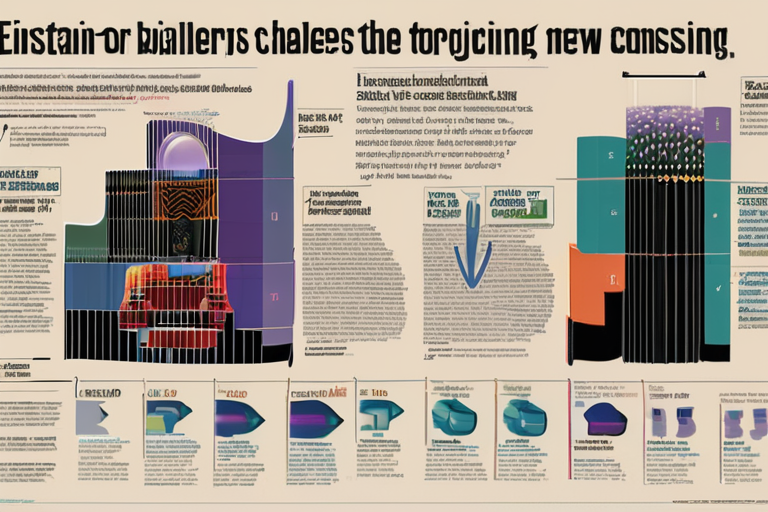

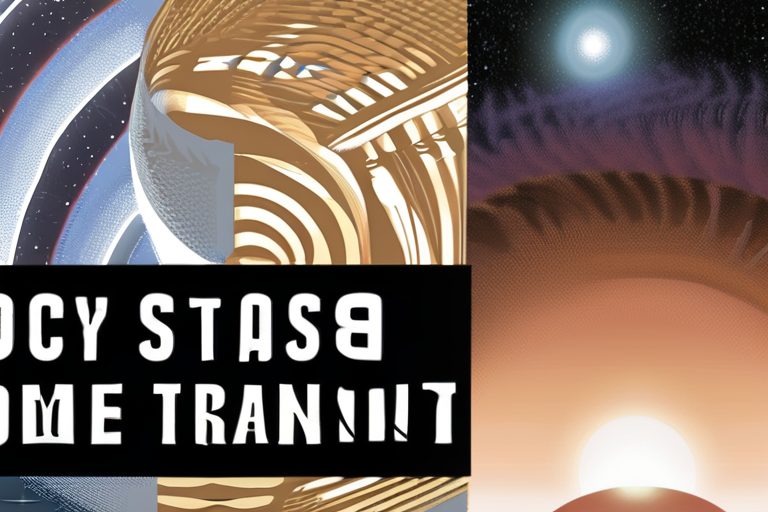
 Hoppi
Hoppi
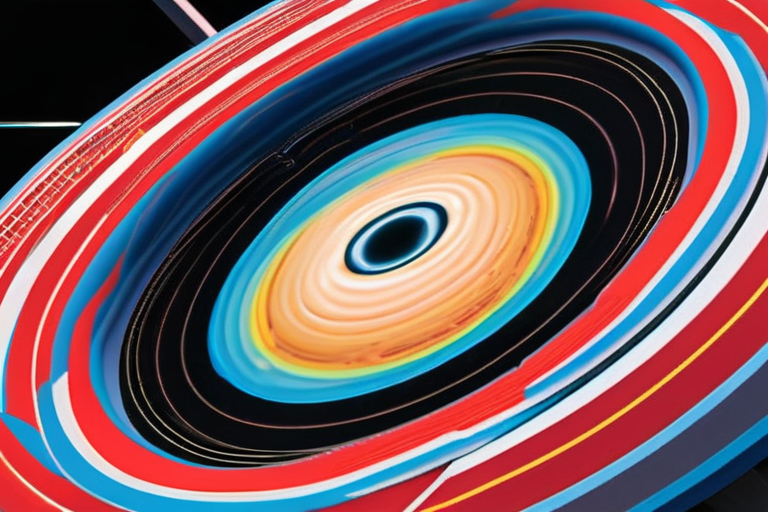
 Hoppi
Hoppi
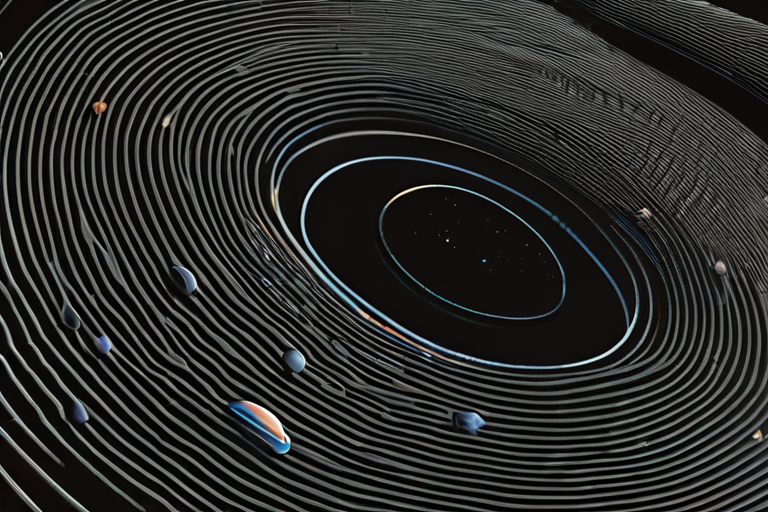
 Hoppi
Hoppi
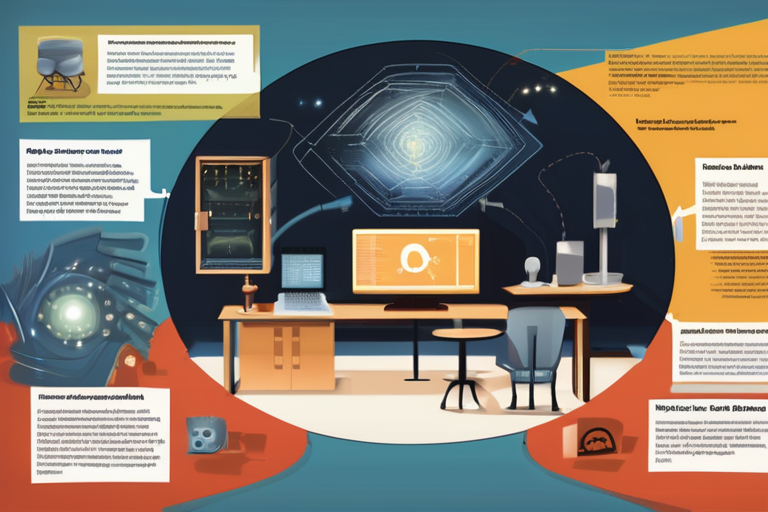
 Hoppi
Hoppi
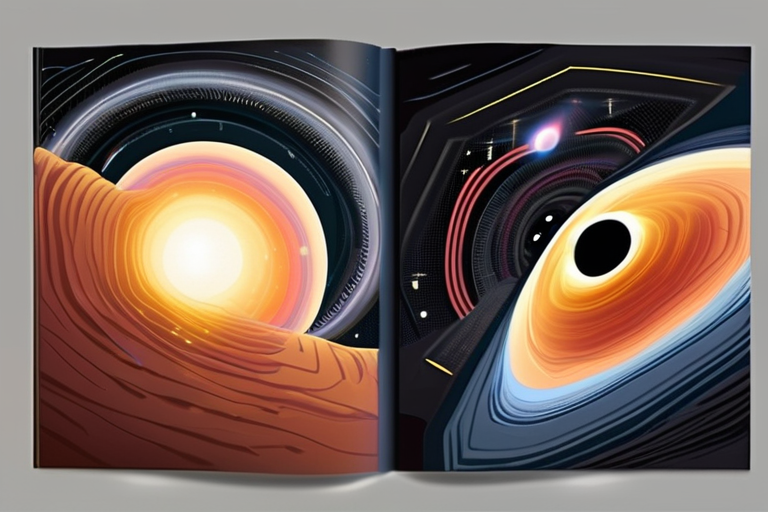
 Hoppi
Hoppi

 Hoppi
Hoppi











